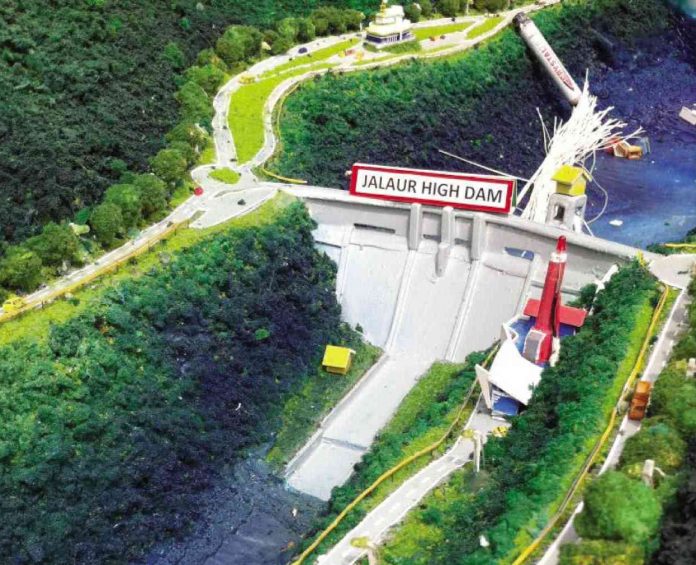
ILOILO City – “A gut reaction of people with vested interests.”
This was how three critics of the Jalaur River Multipurpose Project (JRMP) Stage II described the resolution of the Sangguniang Bayan (SB) of Calinog, Iloilo declaring them persona non grata.
“People with vested interests in transactions with potential contractors of the project try to obfuscate this issue that puts the lives and safety of thousands of Ilonggos,” according to John Ian Alenciaga, Cynthia Deduro and Remia Castor in a joint statement.
The three recently went to South Korea to protest the construction of the P11.2-billion mega dam that the South Korean government is funding. The SB accused them of making “derogatory, untruthful and misleading information.”
“The danger posed by the active West Panay Fault within the vicinity of the project is true and not misleading,” according to the three critics, all environmental activists.
The West Panay Fault runs from Aklan through Capiz and ends in the town of San Joaquin, Iloilo.
It is “longer compared to the Bohol fault” which caused a deadly 7.2 magnitude tremor on Oct. 15, 2013, the three claimed.
Castor of Barangay Alibunan, Calinog is a council member of the Tumandok Indigenous Peoples (IPs) in Calinog. Alenciaga is a coordinator of the Jalaur River for the People’s Movement and Deduro is an executive director of Dagsaw Panay and Guimaras Indigenous People’s Network.
“Not only Calinog but also the eight downstream municipalities of the Jalaur River (will be in danger) in case of a disastrous dam failure due to a very strong earthquake,” they warned.
The last time the West Panay Fault caused a destructive quake at magnitude 8.2 was in January 1948.
That quake, which was later called “Lady Caycay” because of the scratch-like cracks it left, toppled the Jaro Cathedral belfry in Jaro, Iloilo City.
According to the Calinog SB, the concerns of the three have all been satisfactorily addressed by government agencies concerned.
The National Irrigation Administration (NIA) is the implementing agency of the mega dam project. It has been coordinating with the National Commission on Indigenous Peoples (NCIP) and the council of elders of Calinog indigenous peoples (IPs) in making the latter understand the importance of the dam.
“It is a blatant lie that the NIA and NCIP complied with the provision of Republic Act 8371 (Indigenous People’s Rights Act of 1997). It is on record that NIA made the proposal for JRMP Phase II to the Korean Export-Import Bank on November 2011, prior to conducting the process of Free, Prior and Informed Consent (FPIC) on January 2012,” according to Alenciaga, Deduro and Castor.
The FPIC was “an afterthought and damage control” to the “resistance and legal challenge” against the project,” they added.
“In addition to the irregularity of the process, the so-called FPIC process was replete with bribery, coercion and misinformation on the affected communities. The so-called consent of the community was neither free, prior nor informed,” they claimed.
The mega dam will be constructed in the hinterlands of Calinog. When completed, it would be the biggest outside Luzon and would provide year-round irrigation to 22,340 hectares under five existing irrigation systems and 9,500 hectares of new irrigation area covering 33 municipalities in Iloilo province.
It also has the capacity to generate 6.6 megawatts hydro-electric power and around 86,400 cubic meters per day of potable water for domestic use of nearby municipalities.
In March Daewoo Engineering & Construction Co., Ltd. as winning contractor of the mega dam received a Notice of Award from NIA. The groundbreaking will be next month. Construction will last for 46 months./PN



